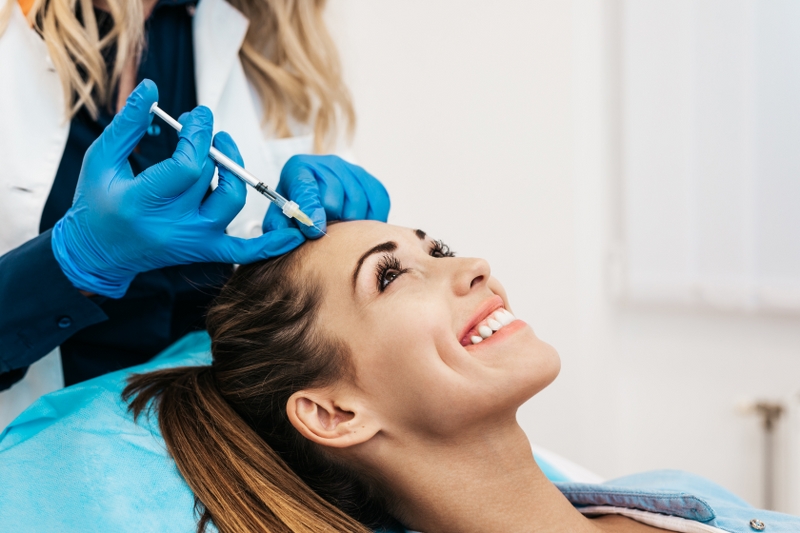 PRP stands for "platelet-rich plasma," which means plasma that is rich in platelets. When our skin is injured, the first cells that arrive at the wounded area are clotting cells to heal the damage. The underlying principle of PRP treatment is to concentrate these clotting cells and reintroduce them to the individual. Blood is drawn from the patient, processed and enriched, and then re-injected to correct skin imperfections.
PRP stands for "platelet-rich plasma," which means plasma that is rich in platelets. When our skin is injured, the first cells that arrive at the wounded area are clotting cells to heal the damage. The underlying principle of PRP treatment is to concentrate these clotting cells and reintroduce them to the individual. Blood is drawn from the patient, processed and enriched, and then re-injected to correct skin imperfections.
PRP therapy can provide effective solutions against scars, skin discolorations, skin sagging, and wrinkles. PRP relies on the principle of producing skin-renewing cells using the patient's own blood cells. These newly formed cells are then re-injected into the body using fine needles. PRP is a contemporary and effective method among aesthetic treatments. PRP can be used to treat skin imperfections for people of all ages, whether due to age or genetic factors. Hair loss, acne and blemish marks, scars, and stretch marks are among the skin issues that can be addressed with PRP.
Furthermore, thanks to the healthy and fortified platelet cells, PRP is also effective in treating wrinkles and sagging. Though PRP treatment is effective, safe, and harmless, its results appear slower compared to other aesthetic treatments.
The main active cells in PRP treatment are the clotting cells or platelets. These cells are responsible for repairing wounds and damages on our skin. Blood taken from the patient undergoes various procedures to separate and concentrate the platelets, which are then injected into the affected area. These platelets use their healing power to improve the area, leading to skin rejuvenation. Moreover, since clotting cells attract stem cells to the wounded area, they contribute to the renewal and refreshing of the damaged area.
Once the PRP treatment starts to take effect, patients enjoy a more youthful and vibrant skin appearance. Since the injected blood entirely belongs to the patient, the risks associated with the treatment are minimal. After the procedure, slight swelling and bruising can appear at the injection site. These can be addressed with medications prescribed by the doctor and will typically subside on their own within 2-3 days. PRP treatment can be performed on anyone who is bothered by a dull skin appearance and color irregularities.
The PRP procedure, including anesthesia and application, takes about 40 minutes in total. The treatment is performed with fine needles, so it's usually done under local anesthesia. First, a blood sample is taken from the patient and placed in special tubes. It is then separated in a centrifuge machine to enrich it with platelets. Finally, the processed blood is re-injected into the area of the patient's need. Patients can immediately resume their daily life after the procedure. However, to ensure the treatment's effectiveness, it should be repeated at regular intervals, typically requiring at least 3-4 sessions.